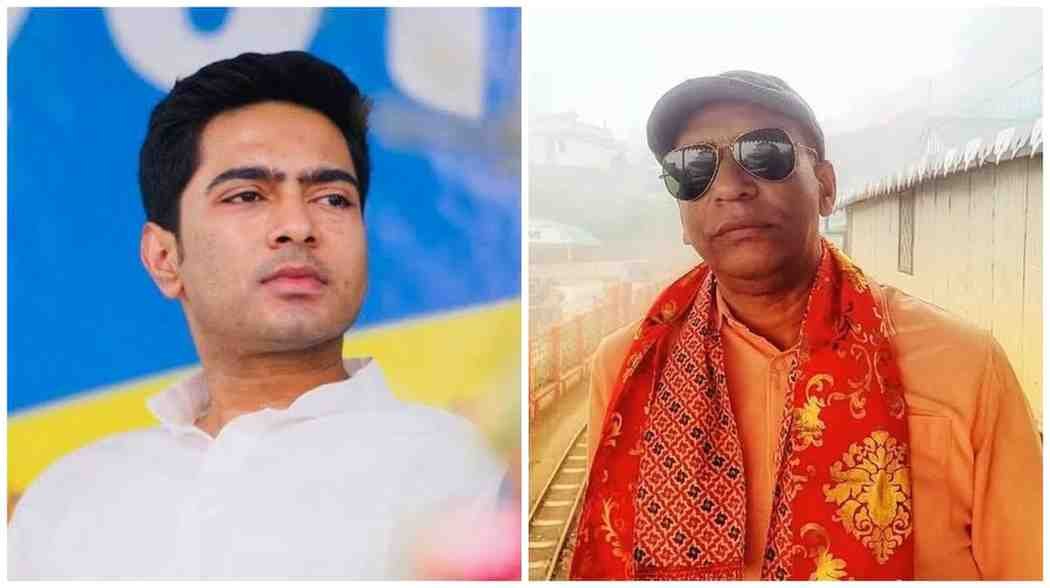Kolkata: Trinamool Congress MP and party general secretary Abhishek Banerjee’s recent declarations about massive development work in his Diamond Harbour constituency have sparked sharp criticism and fact-checking demands from political opponents, especially the BJP’s Abhijit Das Bobby.
Addressing a public rally at Ramkrishnapur Football Maidan in Satgachia on June 25, Banerjee made a series of bold claims:
- ₹1.5 crore is allegedly spent every day on development projects in Diamond Harbour,
- ₹3,000 crore has gone into road infrastructure in the past 10 years,
- A ₹1,400 crore piped water supply project has transformed the area, and
- 76,000 senior citizens are being given monthly pensions of ₹1,000 through party volunteer efforts.
However, BJP leader Abhijit Das, a former Lok Sabha candidate from the constituency, has strongly disputed the figures, calling them “fiscally implausible” and lacking in any documented evidence.
₹1.5 Crore a Day: Realistic or Ridiculous?
Abhishek Banerjee’s assertion of a daily development spend amounting to ₹1.5 crore translates to ₹540 crore annually. Abhijit Das argued that this scale of expenditure is unprecedented for any Lok Sabha constituency and exceeds what is available through standard government funding mechanisms.
“MPLADS alone provides ₹5 crore per year, and that too was suspended during certain periods,” said Das. “State and central schemes like PMGSY allocate funds across districts, not individual constituencies.”
Das also highlighted the absence of such high-volume tenders or projects on public procurement platforms. “No e-tender portal, no official development dashboard reflects such activity in Diamond Harbour,” he added.
₹1,400 Crore Water Scheme: Who Gets the Credit?
Banerjee also referenced a large-scale piped water initiative worth ₹1,400 crore as a major success in his constituency. But records show the Falta–Mathurapur Surface Water-Based Scheme was conceptualized back in 2011–12, before Banerjee took office as MP.
This multi-block project spans ten administrative blocks in South 24 Parganas district, and not Diamond Harbour alone. Data from the project reveals that only around ₹75.8 crore, or just over 5% of the total allocation, was spent in Diamond Harbour areas.
Moreover, nearly 70% of the project’s funding came from the central government’s Jal Jeevan Mission, with no direct link to Banerjee’s MPLADS or state discretionary funds.
Pensions to 76,000 Elders – Calculations Under Scrutiny
Another claim made by Banerjee was that 76,000 elderly residents are receiving a monthly pension of ₹1,000 each, funded by contributions from 16,000 Trinamool volunteers.
According to Das, such an arrangement would cost ₹7.6 crore per month, or ₹91.2 crore per year — a figure that, if true, would require every volunteer to contribute over ₹4,600 monthly.
“There is no public ledger, no audited financial document, no NGO channel, and no beneficiary list to back this claim,” said Das. “If such a fund does exist, it raises serious concerns about regulatory compliance and potential use of unaccounted cash.”
₹3,000 Crore on Roads – Massive Overstatement?
On infrastructure, Banerjee stated that ₹3,000 crore had been invested in roads over the past decade. But a review of records from key schemes like MPLADS, PMGSY, and municipal budgets indicates that actual road development spending in the region totals only ₹200–220 crore.
“That’s less than 10% of what’s been claimed,” said Das. “There’s no large-scale construction or road network in the constituency to support this number.”
Four Demands for Transparency
Citing these discrepancies, Abhijit Das has issued four public demands:
- Publication of all development projects between 2014 and 2025 with detailed budgets and implementation status.
- A third-party audit of fund utilization by agencies such as the Comptroller and Auditor General (CAG).
- RTI verification of all beneficiary claims and expenditures with oversight by civil society and the press.
- An investigation into whether Banerjee’s statements violate the Model Code of Conduct or election laws, particularly under the Representation of the People Act.
Political Optics vs Ground Reality?
As the political temperature rises ahead of upcoming elections, the accuracy of development claims has become a key point of debate. Das emphasized the need for data-driven governance, stating, “People need performance that can be verified — not headlines without footnotes.”
Observers note that this episode has reignited discussions on accountability, transparency, and ethical standards in political communication. Whether Banerjee’s statements reflect real developmental strides or inflated political messaging may ultimately be determined not at rallies, but through public records and audits.








